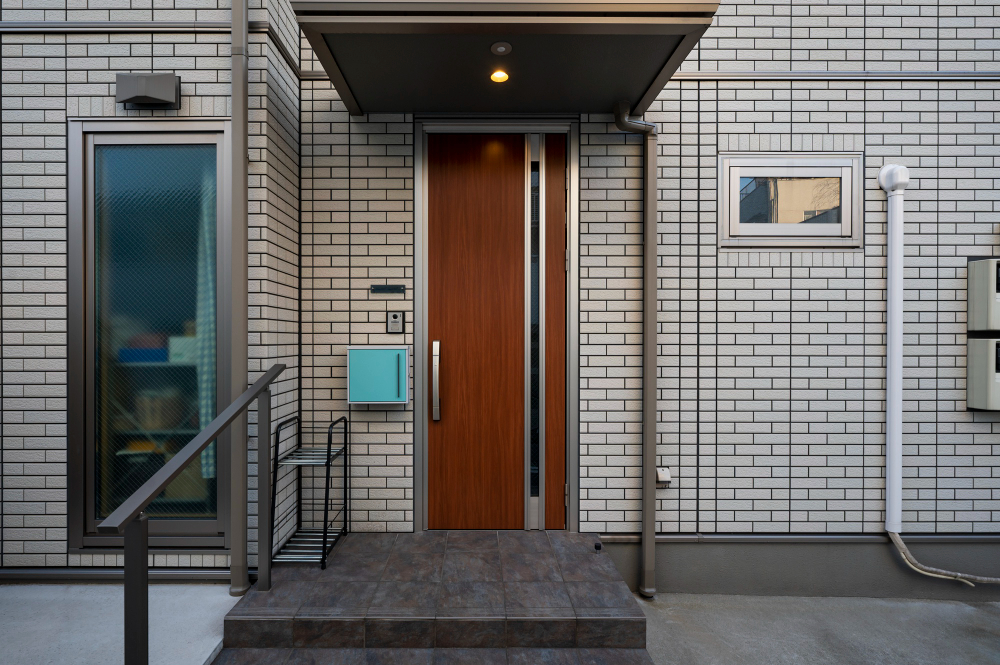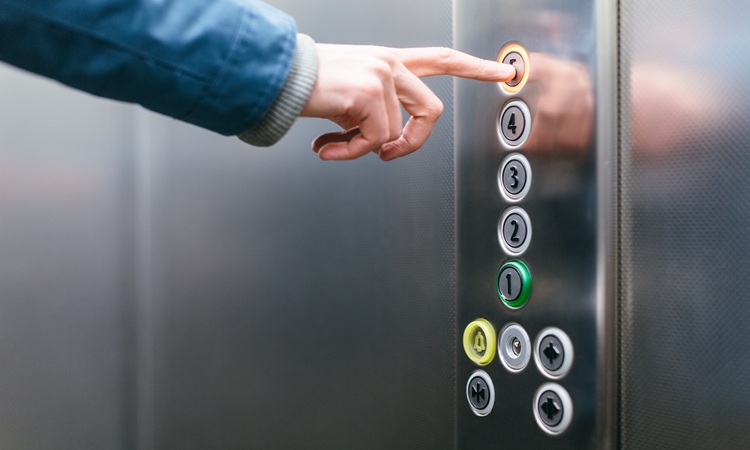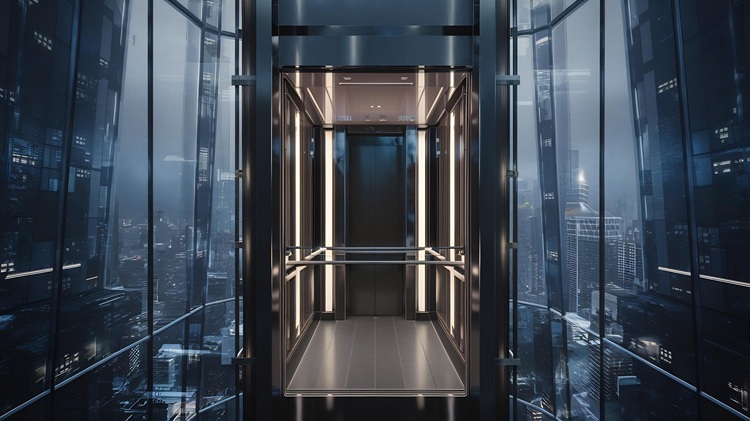Elevator Safety Innovations: Revolutionizing Vertical Transportation
Post Date : Nov 27, 2024
In this age of fast-growing urban infrastructure, elevator safety has grown beyond a mere technical requirement into a cardinal building-design feature with a direct influence on the lives of occupants. Unsung elevators in skyscrapers and residential complexes ferry millions of people daily, silently promising security and surety.
The Evolution of Elevator Safety Technology
The concept of elevator safety has drastically changed from a mere mechanical process to an intelligent and sophisticated system driven by technological innovation and human protection. What was once a mere reactive approach to the issues after they occurred now came out as a proactive, predictive model of the risks that may happen.
Today's elevator safety systems represent a marvel of engineering: intelligent, adaptive networks of continuous monitoring and analysis of environmental and operational variables. Powered by a complex blend of advanced sensors, artificial intelligence, and state-of-the-art communication technologies, today's elevator safety system represents the quantum leap in ensuring complete human safety and reliability.
Advanced Sensor Systems: The First Line of Defense
Modern elevator safety begins with cutting-edge sensor technologies that go far beyond traditional mechanical safeguards. These intelligent systems now incorporate:
- Real-time Monitoring: Sensors that monitor elevator performance moment by moment, detecting the slightest abnormalities.
- Predictive Maintenance: Advanced diagnostics to predict failures before they happen.
- Immediate communication: Mechanisms ensure response in case of any eventualities.
Intelligent Load Management and Overload Prevention
Safety isn't just about preventing mechanical failures—it's also about understanding and managing the dynamic loads within an elevator.
- Weight Detection Precision: Advanced systems that measure passenger load with high accuracy.
- Automatic Override Mechanisms: Preventing elevator operation when weight exceeds safe limits.
- Distributed Load Balancing: Ensuring the best weight distribution and reduction of mechanical stresses.
Breakthrough Innovations Redefining Elevator Safety
-
Smart Emergency Response Systems
The new generation of elevator safety extends beyond the traditional emergency phones. Other modern systems now boast of:
- Video Communication: Visual contact directly with the emergency responders.
- Automatic Location Tracking: Precise identification of elevator position during emergencies.
- Bi-directional Communication Technologies: Ensuring clear, unobstructed communication.
-
Seismic and Environmental Adaptive Technologies
In regions prone to natural disasters, elevator safety has taken a quantum leap:
- Seismic Elevator Stabilization Systems: Immediate operation during seismic events.
- Environmental Sensors: Temperature, humidity, and/or potential structural compromises.
- Automatic Safety Parking Mechanisms: Ensuring elevators return to the safest possible position during emergencies.
The Human-Technology Interface: Making Safety Intuitive
Safety isn't just about technology—it's about creating an intuitive experience that makes passengers feel secure.
- Ease-of-use emergency interfaces: multilingual, unambiguous emergency instructions.
- Accessibility Features: Improved safety features for persons with reduced mobility.
- Comfort Design of Psychology: Our lift environment should be designed to curtail anxiety and heighten feelings of security.
The Economic and Social Impact of Advanced Elevator Safety
Investing in elevator safety is not just a technical decision—it's a strategic investment with far-reaching implications:
- Lower Maintenance Costs: Predictive technologies reduce unexpected breakdowns.
- Value Addition: Safety innovations make property more attractive.
- Reduced Cost of Insurance: Advanced safety systems may mean reduced costs related to insurance.
- Improved Urban Mobility: More reliable vertical transportation supports urban density and development.
Looking Ahead: The Future of Elevator Safety
As technology continues to evolve, we can anticipate even more remarkable innovations:
- Artificial Intelligence Integration: Self-learning elevators that automatically adapt to usage patterns.
- Quantum sensor: These kinds of technologies even allow for more precise monitoring and predictive possibilities.
- Green Safety Technologies: Environmentally sustainable safety innovations.
Conclusion
The need for elevator safety is no longer a matter of merely meeting minimum standards, but rather an all-rounded ecosystem of protection, comfort, and technological excellence. These innovations stand in testimony to our ingenuity as human beings and concern for safety, with buildings stretching for newer heights and the urban population swelling.
To building managers, architects, and urban planners, embracing cutting-edge technologies in safety isn't an option-it's a responsibility for much safer, more efficient urban living spaces.






